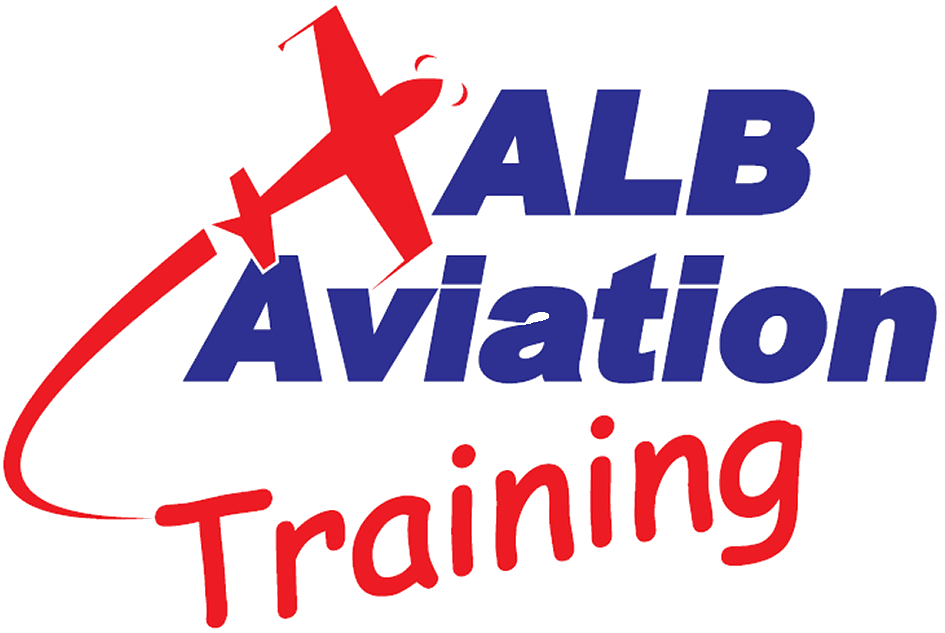LAPL(A) – Light Aircraft Pilot License (Aeroplane)
With the EASA LAPL(A) license you can fly airplanes below 2 tons and with up to 3 guests, for example the Cessna 150 or the Cessna 172. It’s only valid within the EU and EASA states, so you can not fly outside of those countries. Once completed 10h after your license skill test you are allowed to take guests with you flying. The possibility to get additional ratings in your LAPL(A) is limited, but you can extend it anytime to a PPL(A). The training for the LAPL(A) consist of a theoretical and a practical part.
Course requirements:
Minimum age:
16 years (for first solo flight), 17 years (to obtain the licence)
Aviation medical certificate (Medical):
min. Class LAPL
Theoretical training:
The theoretical training comprises a total of 9 subjects, the same as for the PPL(A).
Those are:
Air Law and ATC procedures
Human Performance
Meteorology
Communications
Navigation
Princinples of flight
Operational procedures
Flight performance and planning
Aircraft general knowledge
There are to options to obtain the theoretical training.
Option 1: Distance Learning You will get a log in to an online platform with mulitmedia based training content in english. You will need to complete the online course and 10h classroom instruction afterwards to clarify all your questions. You can start this course anytime.
Option 2: Classroom Course (min. 3 students) The scheduled training time for a classroom course is 100h of theory instruction. In agreeement with the participants, this course can be hosted in the evenings, weekends or in a compact period. The course language can be Romanian, Hungarian, English oder German.
Flight training:
The practical training includes a total of minimum 30 flight hours. Of these 30hours, at least 6 hours must be flown without a flight instructor (solo), 3 of them cross-country to other airfields or airports including one 150NM (270km) triangle flight. In the first hours the focus is to be able to control the aircraft and manage the landing. During the further training several emergenc situations will be practised, navigation will be trained and other airfields will be approached.
Crediting:
Previos experience, e.g. in another aircraft category, can be credited for your theoretical or practical training.
Examinations:
The theoretical and practical training ends with an examination and the aviation authority. It makes sense to take the theoretical test in the period after the first solo flight. All subjects of the theoretical training are tested in the “multiple choice procedure”. The practical examination will be scheduled after the end of the practical training. You fly together with an examiner for about 90 minutes, performing a cross-country flight with navigation, some simulated emergencies and a few landings.
